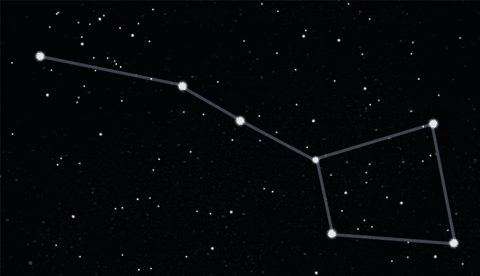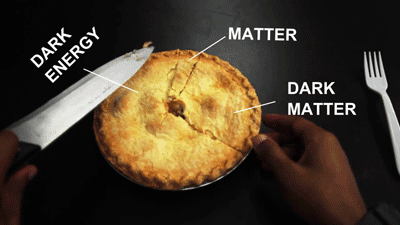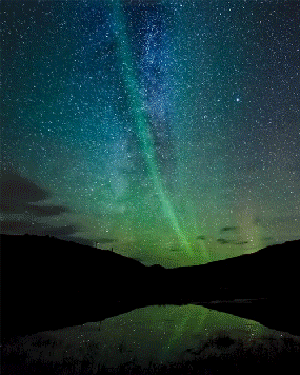Space has always intrigued me. Growing up, my school introduced me to a variety of topics on outer space. From stargazing, constellations to planets and the dark matter, I always wondered, "what is out there?" How much do we really know about the universe that we are a very tiny part of? Here are some of the fascinating facts I learned about the space over the years.
1. The stars we are looking in the sky right now could be dead.
The light we see from the stars comes from light-years away; it takes so long for the light to reach us that we are looking at the events that happened in the past. (For reference, 1 light-year = 9,500,000,000,000 kilometers, approximately.)
2. The Milky Way galaxy is roughly 13.4 billion years old.
It's estimated that our solar system is around 4.6 billion years old. Find out more here.
3. Space has no atmosphere.
Sound cannot travel in space as there is no medium.
4. According to NASA, we are constantly hit by cosmic rays.
These rays are mainly composed of protons and alpha particles.
5. As of today, NASA has confirmed 3,502 exoplanets.
An exoplanet is a planet that orbits a star beyond our solar system.
6. Our sky is divided into 88 constellations.
7. Think we're the only galaxy? Guess again.
8. The universe is composed of three substances.
There are normal matter, dark matter, and dark energy. Normal matter consists of the atoms that make up stars, planets, human beings and every other visible object in the Universe. More information here.
9. But the remaining part of the universe has dark matter.
The universe is composed of 25 percent dark matter, and a force that repels gravity known as dark energy makes up 70 percent of it. Read more here.
10. The universe is expanding all the time.
According to Dr. Luke Davie, the distance to the edge of the observable universe is around 46 billion light-years.
11. If you are shocked by that fact, just think about multiverses!
This is the idea that we are just one of the many universes.
12. Ever wonder about the northern lights phenomenon?
They are the bright dancing lights of the aurora are collisions between electrically charged particles from the sun that enter the earth's atmosphere. Cool, huh?
13. Another galaxy called Andromeda is predicted to collide with the Milky Way galaxy.
Scientists predict that this will happen in about four billion years. As of now, the two galaxies are 2.5 million light-years apart and are heading toward each other at 402,000 kilometers per hour! Read more here.














































